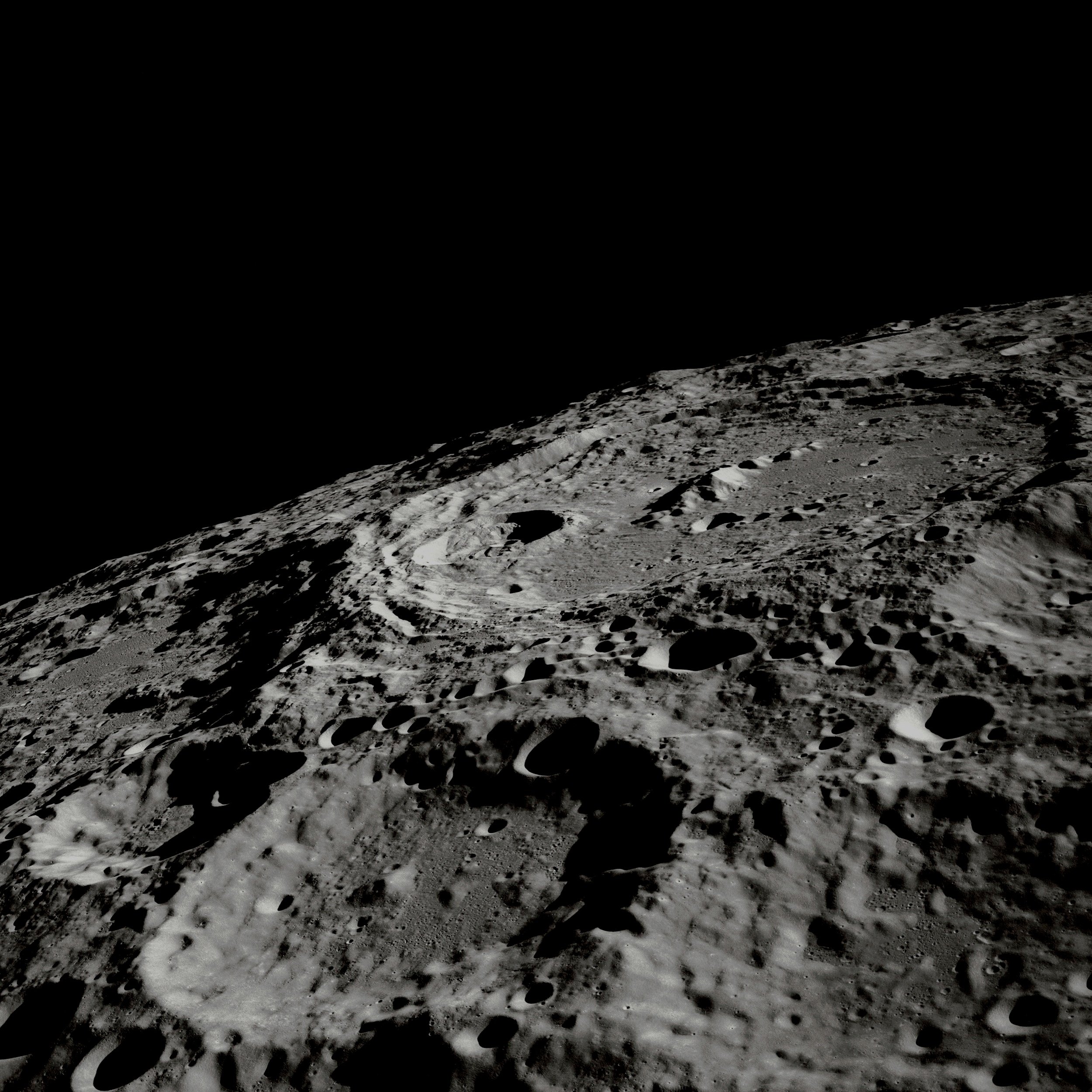
Adaptability and Scalability
The LIWARS offers a modular, plug-and-go design that can assembled easily on the lunar surface without humans. As the demands for water and other resources grow with future missions, the LIWARS is built to evolve with the needs of future in-situ resource utilization (ISRU) and lunar exploration.
Adaptability to Unpredictable Contaminants
Lunar ice and regolith present significant challenges, including volatile-rich and highly acidic water sources with variable contaminants. LIWARS addresses this with:
Real-Time Adjustments: Sensors and predictive models enable LIWARS to adapt dynamically to variations in water quality, contaminants, and environmental conditions, ensuring reliable performance regardless of input variability. For example, sensor thresholds in the storage tanks in Module 1 may trigger emptying to prevent harmful regolith intrusion from entering Module 2
Advanced Oxidation Processes (AOP): UV-LED/ozone AOP is designed to adapt dynamically to varying contaminant loads. Real-time water quality monitoring enables adjustments to ozone dosage and UV light intensity.
Multi-Stage Treatment: By incorporating parallel media filtration, RO, and UV-LED units, LIWARS has the flexibility to bring multiple units online to address contaminant loads if needed.
Adaptive Contaminant Management: The use of media filtration and RO systems gives more flexibility to modify future upgrades with advanced materials tailored for specific contaminant removal. Future considerations include, graphene-impregnated RO membranes.
Designed for Durability and Scalability
As lunar operations expand, LIWARS is prepared to scale its capacity without compromising performance:
Zero downtime: Self-cleaning mechanisms and regenerable filter media reduce the need for maintenance, ensuring reliable operation without human intervention.
Built for lunar conditions: With radiation-hardened aluminum housings, thermal insulation, and robust mechanical systems, the platform is built for operational longevity.
Modular Architecture: LIWARS modules are designed to operate autonomously or in parallel configurations, allowing seamless integration of additional units to meet increased water demand.
Plug-and-Play Expansion: Modules can be added or replaced as operational needs evolve, providing flexibility to support larger crewed missions, resource-intensive ISRU activities, or long-term lunar bases.
Real-Time Feedback Loops: Adaptive algorithms informed by sensor data allow for continuous system optimization, making LIWARS capable of meeting the demands of varying regolith-ice compositions across different lunar excavation sites.




